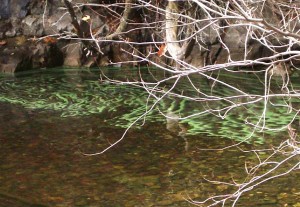 Phosphorus and Lake Champlain
Phosphorus and Lake Champlain
Phosphorus is a naturally occurring nutrient found in all plants and animals as well as animal and human waste products (sewage, septic system discharge, and manure), and farm and lawn fertilizers. When too much phosphorus enters the lake, it can cause plants and animals to mature and reproduce too quickly, which can promote and intensify harmful blue-green algae blooms.
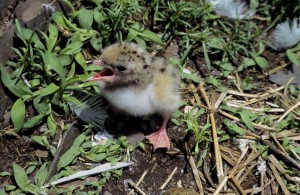 Endangered Species
Endangered Species
Conserving land helps preserve plant and animal species. The Common Tern was endangered in Vermont, but thanks to the protection of critical island habitat by the Lake Champlain Land Trust and its partners breeding populations have rebounded to healthy levels. Together we are protecting rare sandplain forest habitat and a rare catfish.
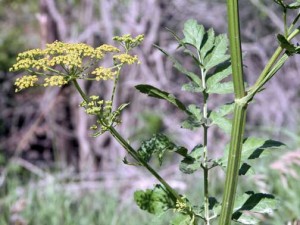 Invasive Species
Invasive Species
An invasive species is a non-native species that is capable of moving into a habitat and monopolizing resources such as light, nutrients, water, and space, negatively impacting native species. Fortunately, volunteers and landowners can help control invasive species in the Lake Champlain Basin. See our invasive species page for more information.
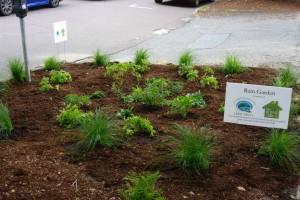 Rain Gardens
Rain Gardens
A rain garden is a shallow, depressed garden that captures rain water runoff from impervious surfaces (roads, sidewalks, driveways, roofs, etc.). Rain water flows into the garden where it can then slowly filter through the ground, trapping pollutants and absorbing nutrients. See our Rain Garden page to learn more.

